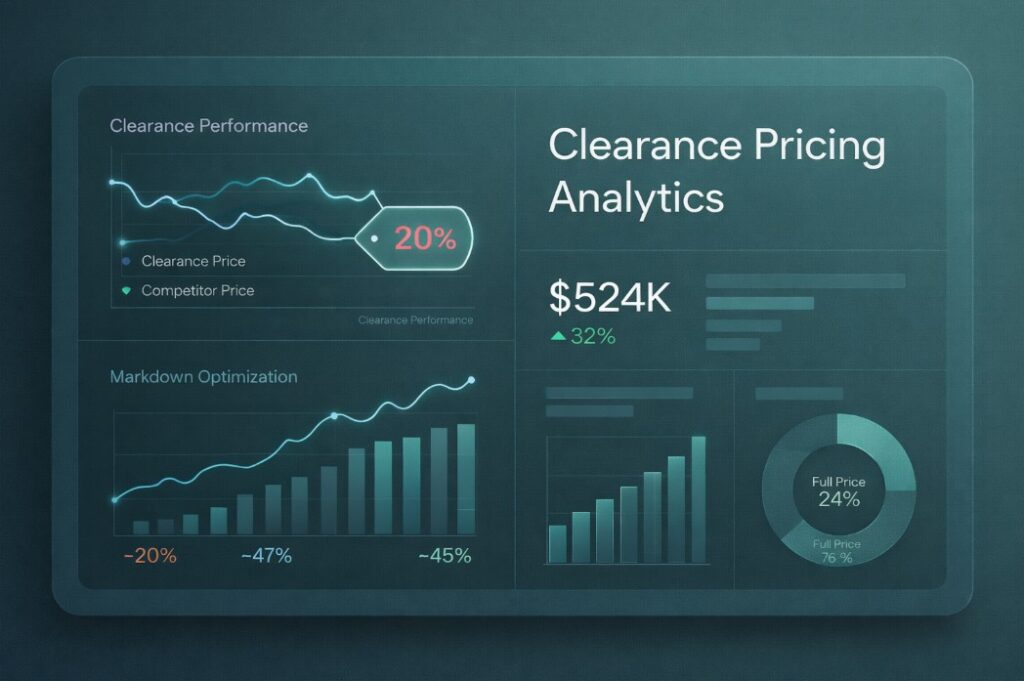- Product
- Solution for
For Your Industry
- Plans & Pricing
- Company
- Resources
For Your Industry
The pandemic and difficulties in trade internationally have caused sales on marketplaces to grow at twice the rate of e-commerce sites. This trend has been observed over the last two years and has become entrenched due to users’ trust in marketplaces. In addition, they can bring together a wide variety of products on the same website. They have greater logistics and transport resources to meet consumers’ needs and usually guarantee affordable prices in line with customers’ expectations. In this context, it is in the interest of brands and retailers to have a presence in one or more marketplaces. The challenge they face is to set competitive prices to attract consumers’ attention among hundreds of retailers. Here’s why this is so important and how to achieve it.
One of the reasons competitive pricing is so important is that the platforms reward the sellers with the best prices. Its search algorithm places the most attractive brands and retailers in terms of price, in the top positions, with better positioning based on their historical data. In this way, a competitive price results in greater visibility, more traffic to the product page, and more efficient investment in advertising, which you can achieve within the portal.
On the other hand, users are more used to looking for second and third-selling options within the marketplace itself. They have easy access to other sellers, so they don’t hesitate to compare prices and plump for the best option. The brand image is also less relevant, as users trust that the marketplace guarantees the quality of their products. If not, they know they will have no issues returning them.
At the same time, pricing must be reviewed and changed almost continuously due to the frenetic speed at which prices change on these sales channels. On Amazon, for example, where the marketplace itself is a competitor, prices change at any time and several times a day to adjust to changes in supply and demand.
One of the keys to achieving competitive prices is adapting them to supply changes, i.e., your competitors. You should be aware of the prices that other sellers set within marketplaces and on their e-commerce sites. From this information, you can go for penetration pricing.
This involves setting prices that are lower than the competition to give consumers a good first impression and increase sales. Or you can go for similar prices and try to attract consumers based on the product’s quality and its features. Also, remember that some marketplaces also reward discounts and promotions, as they offer customers an enhanced shopping experience.
As mentioned above, these price changes must be made regularly. It is not enough to set the right prices when launching on a sales channel and then forget about it. It can be a resource-intensive task. Therefore, a good way to manage this is to have a price monitoring solution that can track variations within marketplaces over different periods of time. The data is presented in easy-to-interpret graphs, which help optimize decision-making and, in the medium and long term, help to improve e-commerce productivity.













Missing an important marketplace?
Send us your request to add it!